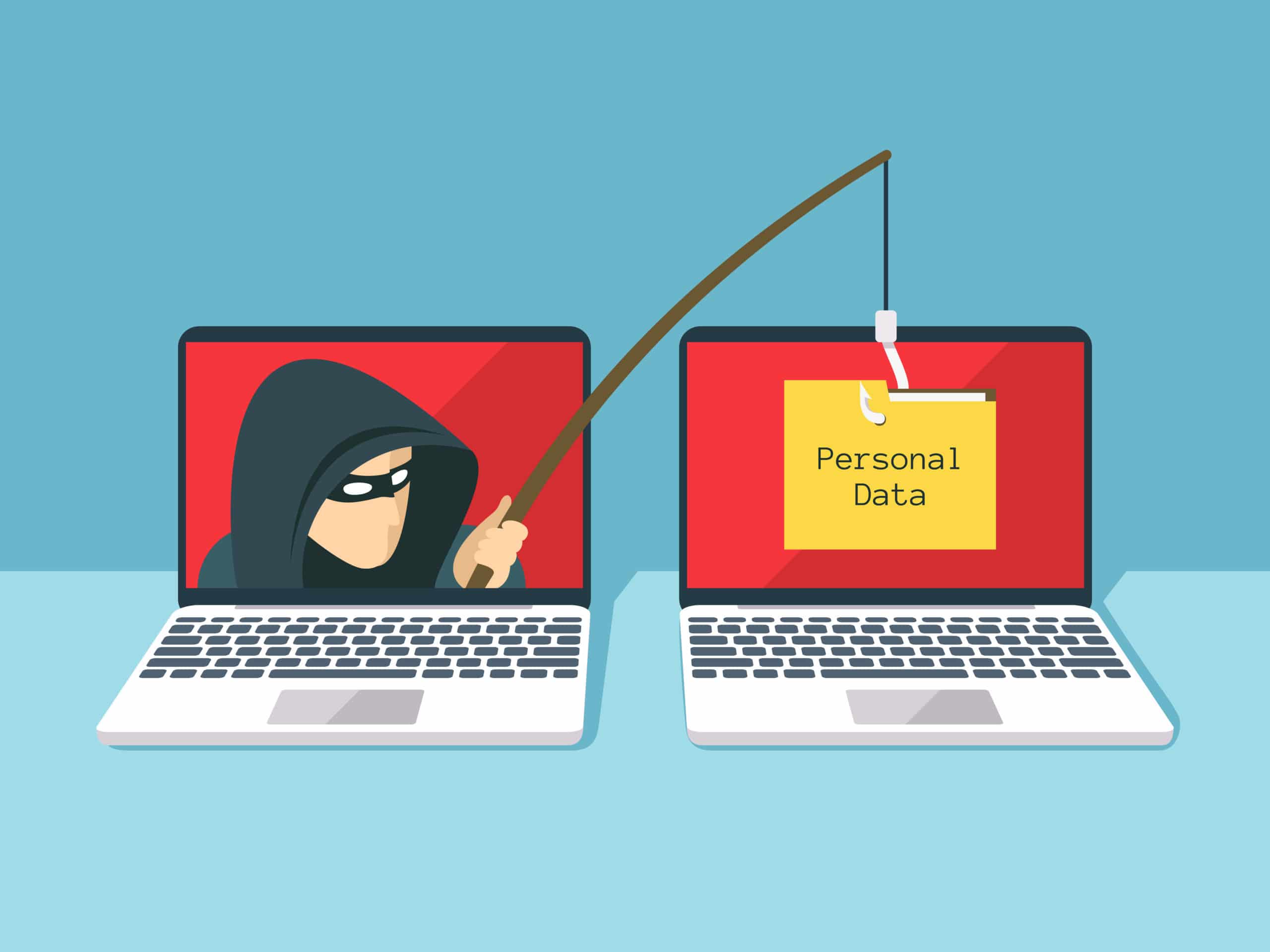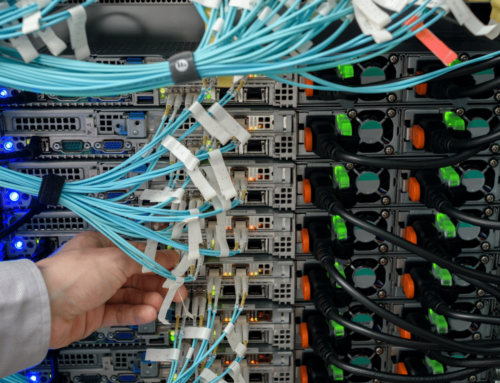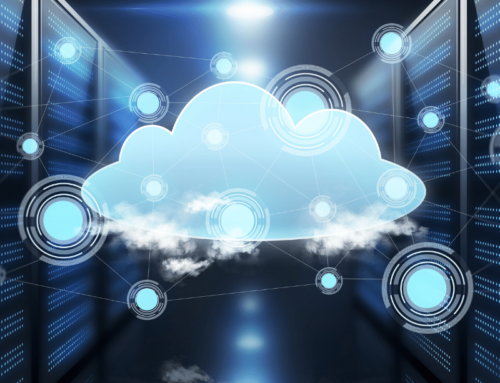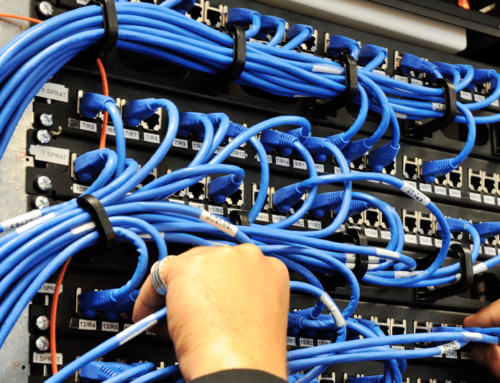In today’s world, where customers and app users are increasingly aware of the personal information they provide to companies and seek to limit the amount of data they share online, data leaks can be devastating to the organizations that suffer them.
A data leak differs from a data breach in that cyber criminals take no direct action to make the leak happen (even though criminals can take advantage of a data leak to provoke a data breach). Moreover, data leaks don’t result in the deletion of the leaked information.
Data leaks are the careless mishandling of information, whether caused by your company or a third-party vendors with whom you share such information. Companies that suffer data leakages suffer not only on a reputational level, since trust with their customers is reduced; they can also be subject to compliance risks and regulatory penalties, too.
Data loss prevention (DLP) measures can mitigate the risk of data leaks and are required by regulations such as HIPAA, PCI-DSS, and GDPR. Investing in cybersecurity practices and DLP solutions is crucial to minimize risks associated with the security of your data.
Electronic communications among companies, customers, and vendors are fundamental to business processes; that’s not going to change. So it’s vital to develop data leakage prevention policies that effectively protect your users’ information and mitigate data security risks. Some best practices are:
Sensitive Data Identification
Before implementing DLP solutions, identify which sensitive and confidential data you store or collect. Based on this assessment and categorization, you can then determine the appropriate measures to protect such information.
This practice is essential when handling protected health information (PHI). PHI requires additional protection measures that may not be necessary for other data. Segmenting PHI from other non-sensitive data will simplify your processes and avoid unnecessary costs.
Third-Party Risk Assessments
You may have a robust IT infrastructure, regular cybersecurity risk assessments, effective data security policies, and DLP solutions deployed. Third-party vendors could still expose your organization to data leakages and other data security risks.
Vendors with access to sensitive information (such as providers of data storage, computing, or other cloud services) must be considered in risk assessments required by various data protection regulations (like HIPAA, PCI-DSS, or GDPR). Simplify this monitoring process with the help of risk management tools that track the requirements and periodic assessments for each vendor.
Data Encryption
Data encryption assures that even if vulnerabilities leave a piece of information exposed, that data is not immediately identifiable or useful. This best practice is crucial, but always remember it is not infallible, either. Skilled hackers may still be able to decrypt the data with sufficient information and tools.
Endpoint Protection
With the rise of bring your own device (BYOD) policies, endpoint protection has become a priority for security professionals worldwide. The ease with which data contained on a smartphone or USB drive can be leaked creates risks to enterprises that end-users may not even notice.
Consequently, developing policies for removable drives and the use of personal devices is crucial to mitigate these new risks. In addition, implementing firewall rules and antivirus software to prevent cyberattacks on a network’s endpoints can add tremendous value to a data security strategy with relative ease.
Access and Permission Monitoring
There may be users with unnecessary permissions within the network, putting the entire system at risk for data leakage or a targeted cyberattack. Only those users with essential access needs should have access to any sensitive information. Adopting the principle of least privilege (PoLP) and zero-trust policies can protect the organization from accidental or careless data leakage.
The process of identifying permissions and access can also uncover malicious internal activity, preventing the theft of intellectual property and other data exfiltration.






